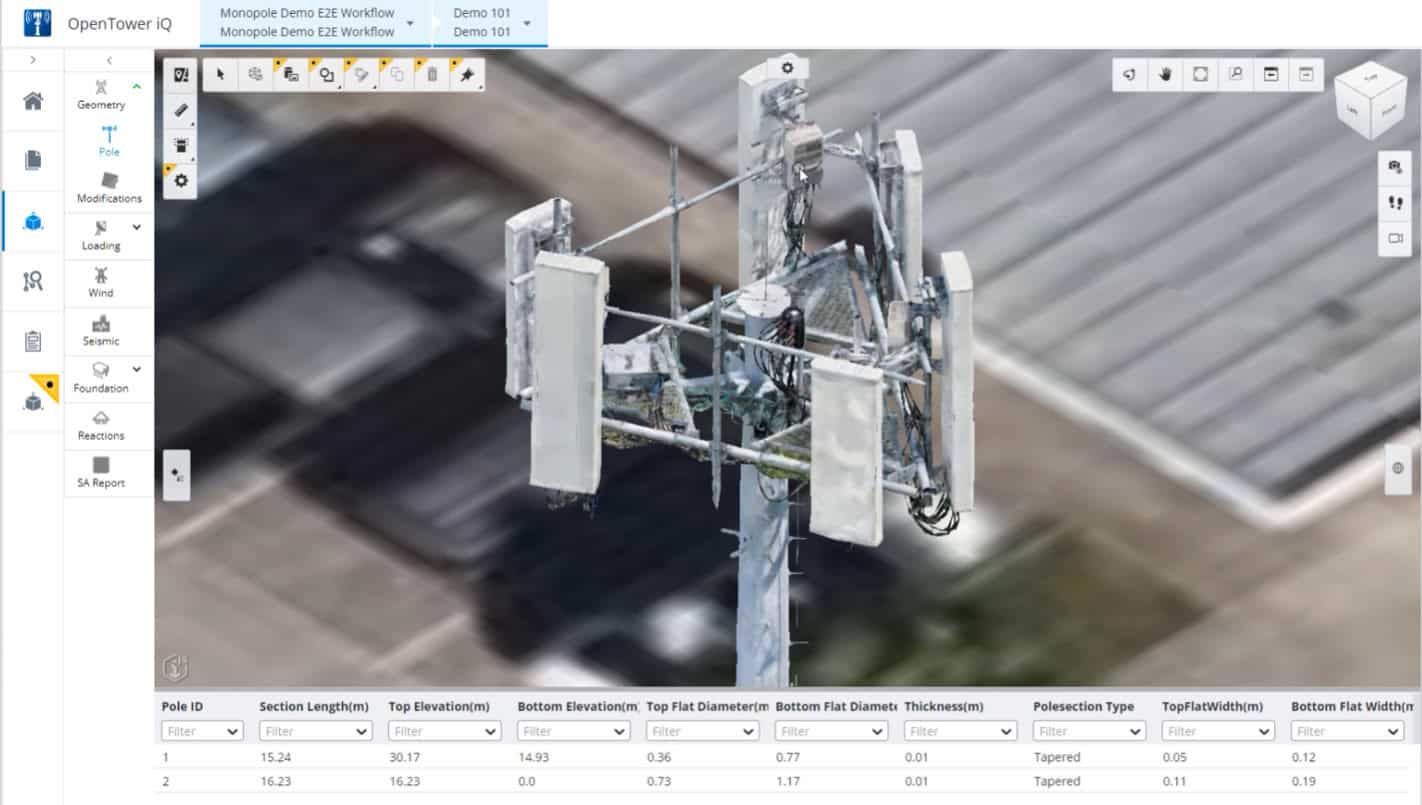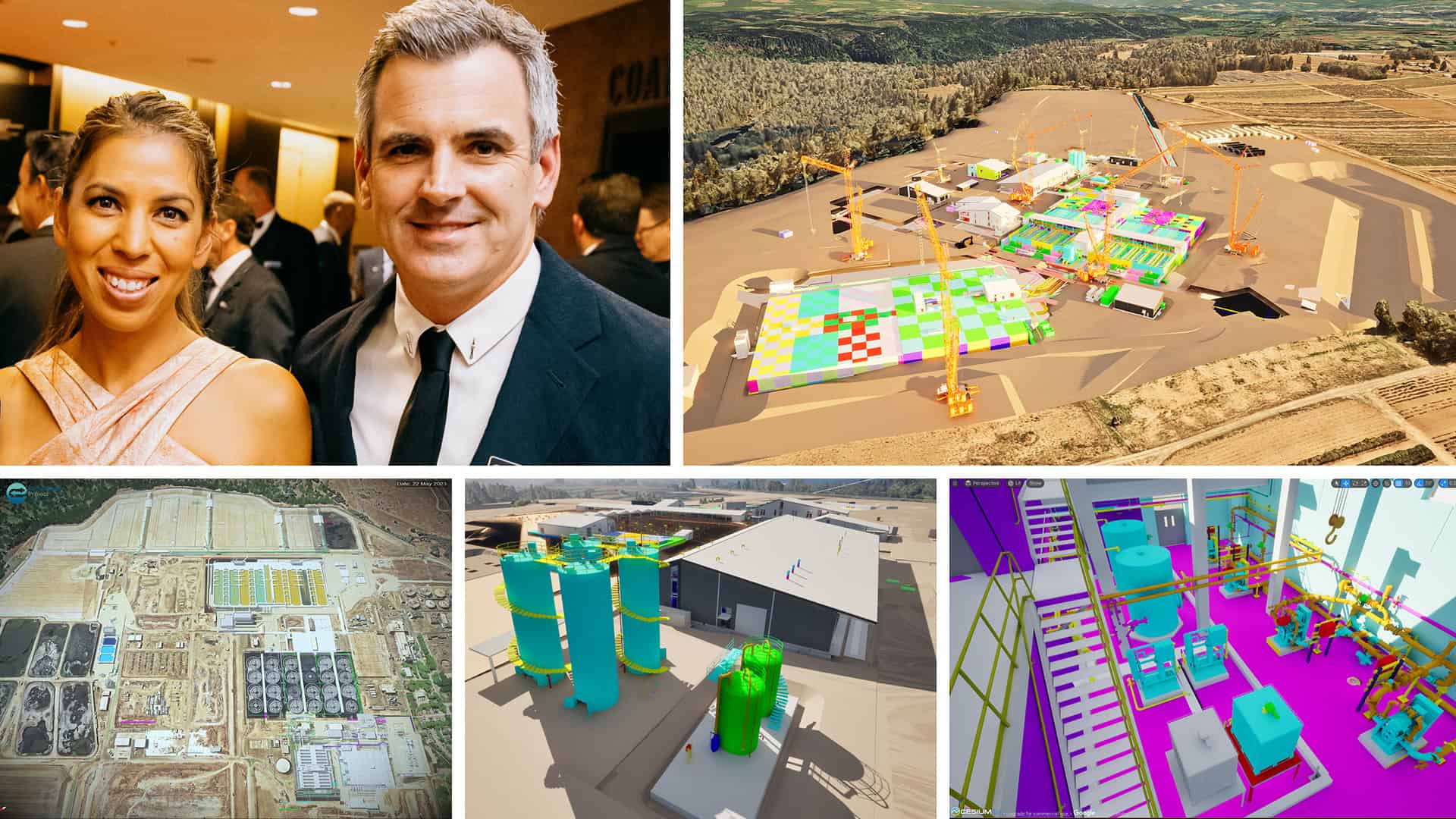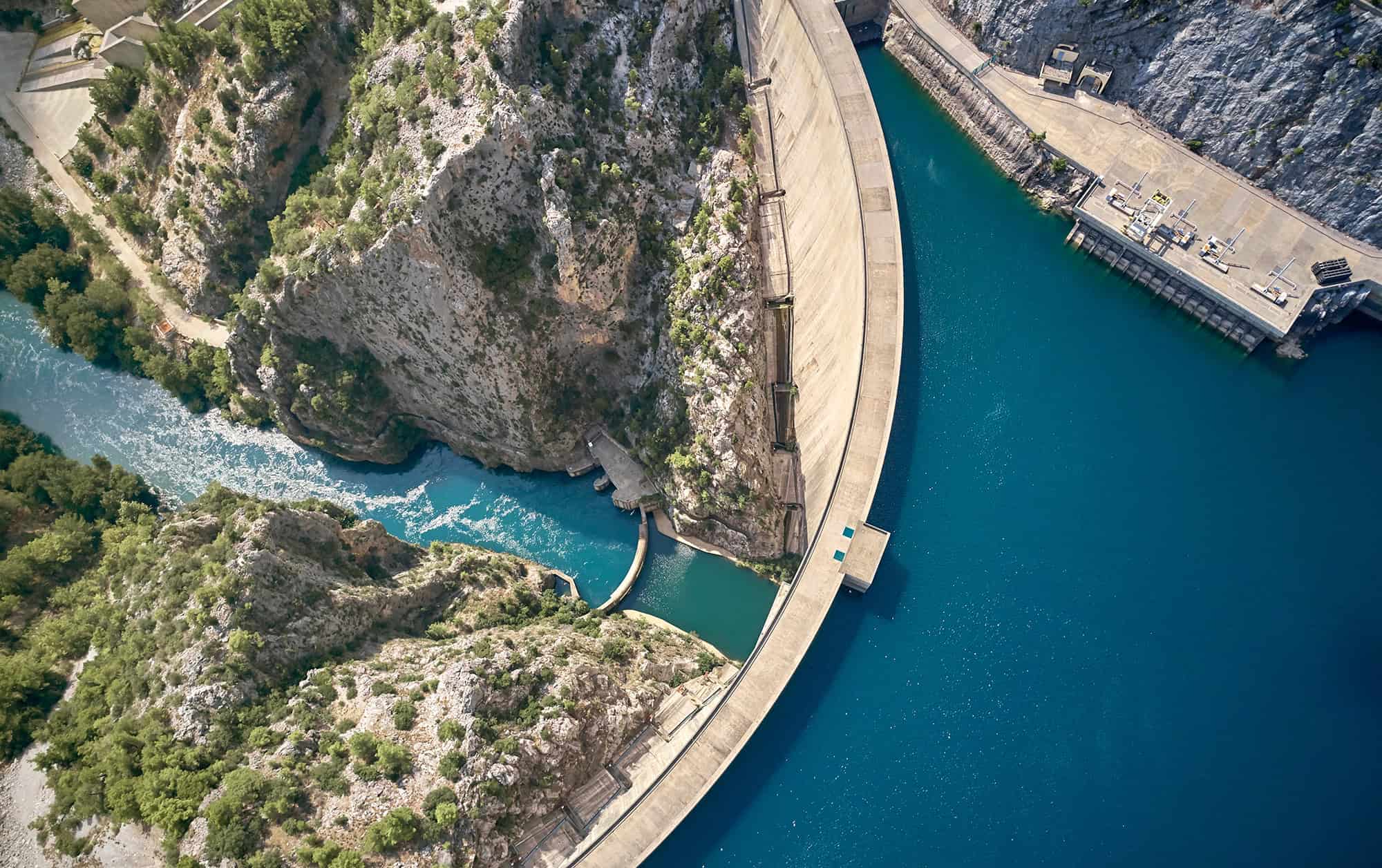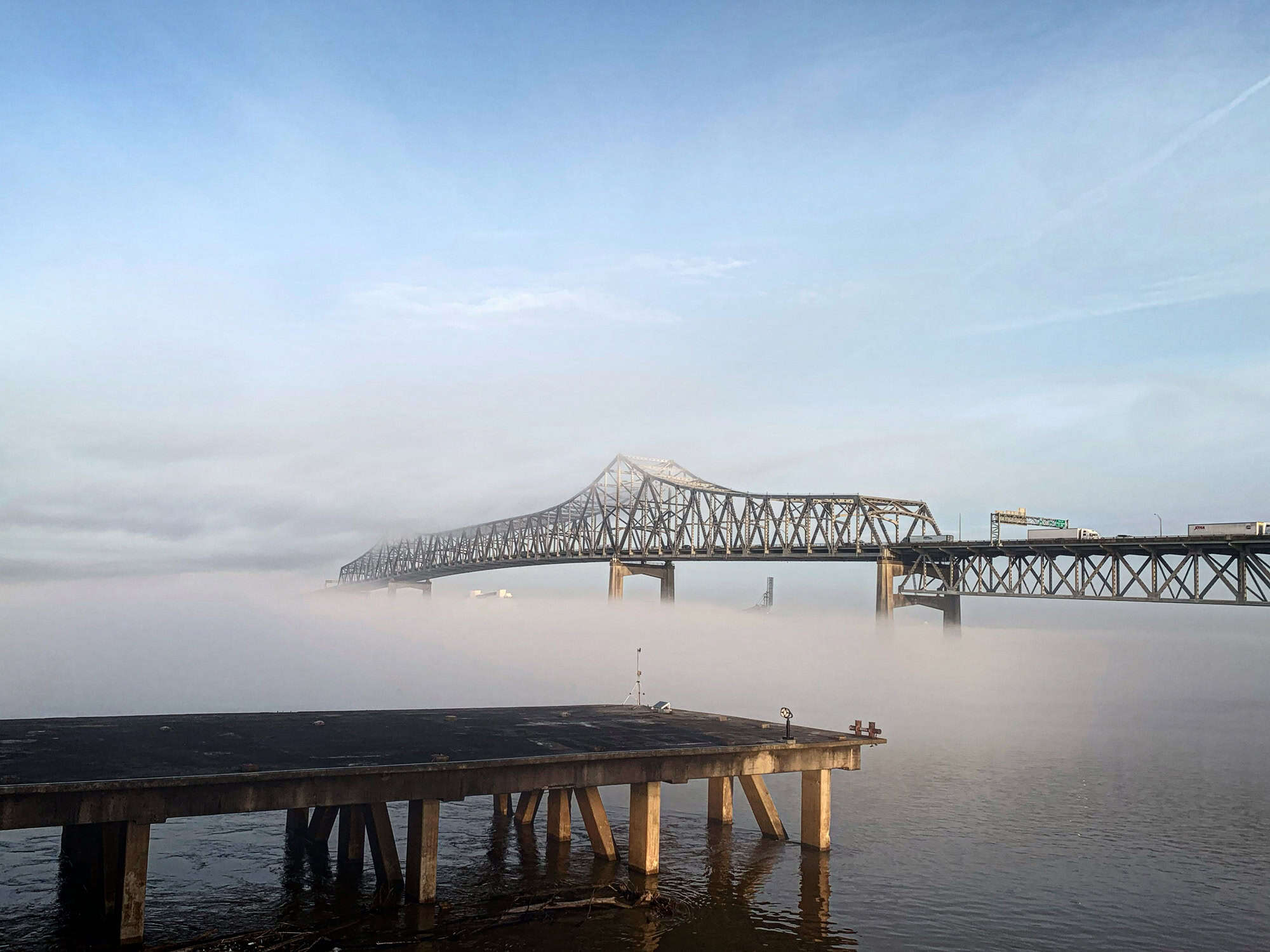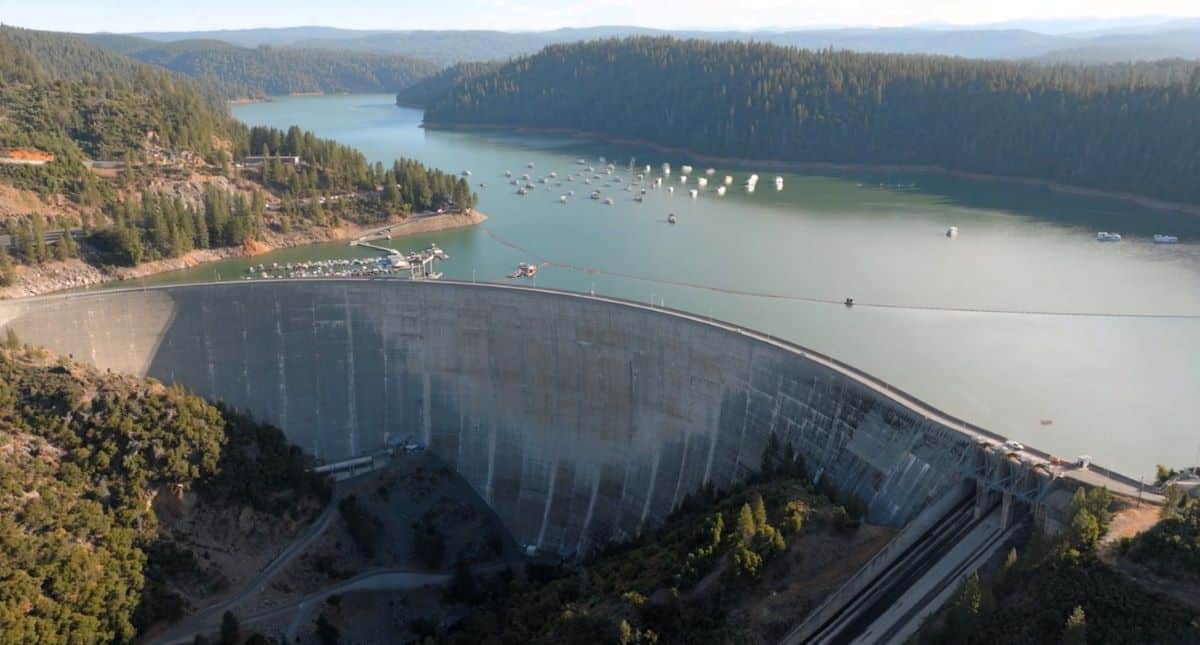The water and wastewater industry is very conservative and, in developed countries, utilities are willing to spend a great deal of money on backup equipment, spare parts, communications, mutual aid agreements and other hardware and software to ensure that customers are provided uninterrupted service in spite of whatever problems are thrown at them. In terms of water distribution and wastewater collection, they need to contend with pipe breaks, leakage in and out of pipes and appurtenances, power outages, pump breakdowns, SCADA system failures, fires and other problems that could cripple the system if the utilities didn’t prepare adequately.
Thinking beyond the probable
Utilities can deal with these problems because they have happened in the past. To paraphrase Scarlet O’Hara, “As god as my witness, I will never be unprepared again.” The cost to be prepared is almost always much less than the cost not to be prepared. Their storage yards are full of spare pipes and valves, emergency generators, pipe repair clamps, dewatering pumps and the necessary dump trucks and backhoes to deal with practically any problem.
But there are classes of problems that go beyond anything that the current crews have seen. Of course, there are the black sky (or black swan) events that can’t be avoided or prevented—a large asteroid hitting the earth, the Yellowstone volcano erupting–that are so improbable that we can’t spend our days looking up for asteroids.
While there is little we can do to prevent the extreme black sky events, we need to think beyond the events that we have experienced. Improbable events are guaranteed to happen. We just hope it’s not on our watch. There was a lottery where the winner had to pick five consecutive two-digit numbers to win. One week, an individual won the lottery and later that week, the same five numbers came up again—highly improbable, but highly improbably events happen.
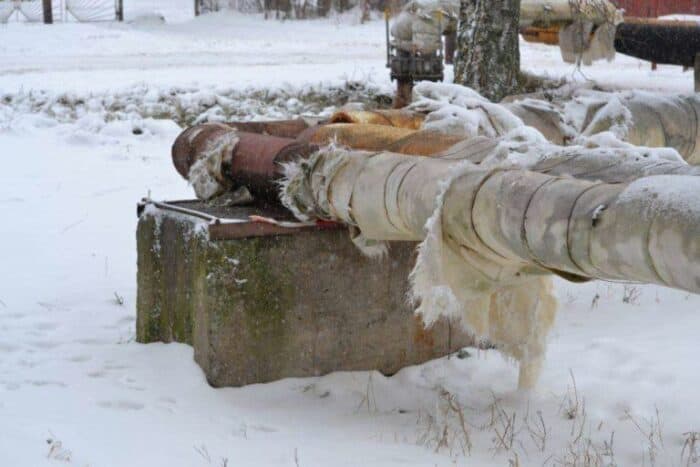 Catastrophic weather is a cause of improbable events that water utilities need to be prepared to handle.
Catastrophic weather is a cause of improbable events that water utilities need to be prepared to handle.Getting back to water problems, let’s think about:
- The catastrophic winter weather in Texas last year
- The river crossing built on piers that was felt to be safe until one of the piers collapsed and jeopardized the flow to a large part of the system
- The ransomware attack that crippled a major city
- The flood that overtopped the levees at a major water treatment plant leaving the utility scrambling to meet demands from other sources
- The cross-connections that contaminated systems with explosive gases.
Improbable events happen every day. Threats come from all directions—terrorists, cybercriminals, vandals, equipment failures, bad design, weather, and the catch-all “force majeure” that lawyers like to use. Good utilities need to push the boundaries of the improbable events for which they are prepared so that they can be managed. The keyword here is resilience. Bad things will happen. How you get by when they do happen is a reflection of your system’s resilience.
Preparing for water infrastructure emergencies
With the passage of the 2018 America’s Water Infrastructure Act, risk and resilience assessment went from being a “nice to have” to being a requirement for any water utility. This assessment is translated into emergency plans. Emergency preparedness needs to be part of the water utility’s DNA.
Utilities need to consider a wide range of improbable events. I’m pretty good at this. You give me a situation and I can conjure up a worst-case scenario that keep you awake at night. That’s why I suffer from anxiety.
Remember the motto of the Boy Scouts, “Be prepared”. That would make also a good motto for the water and wastewater industry.
How can you get prepared? The formula consists of training, backup equipment and supplies, communications, and good people. Preparation should consist of exercises where these problematic events are simulated and the response of the team is evaluated.
One of the keywords in the preceding paragraph is “simulated”. If you want to practice responding to a water distribution contamination event, you can’t simply inject poison into the system and see how your team responds. You can’t collapse a sewer and see which houses end up with sewage in their basements. That approach would not be popular.
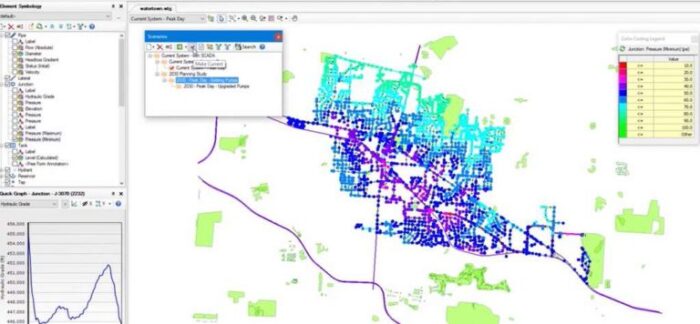 Hydraulic modeling allows for what-if scenario management to help conveniently evaluate an existing system and predict how it will react to a wide range of conditions.
Hydraulic modeling allows for what-if scenario management to help conveniently evaluate an existing system and predict how it will react to a wide range of conditions.It would be great if operators had superman powers like x-ray vision to see and measure what is going on inside underground pipes. Those powers can be provided to a great extent by hydraulic models that can calculate what is going on in every pipe and pump in the system.
With hydraulic modeling software like OpenFlows WaterGEMS and SewerGEMS it is possible to simulate hydraulic emergencies without the need to clean up sewage from customer basements. Want to see how the water system will deal with a major fire at the local lumber yard? Place the flow from the fire trucks on the model and see how well the piping system can support those flows without draining the system. With the coming of WaterSight, Bentley Systems’ digital twin for smart water networks, the results of hydraulic analysis are now more readily accessible for control room operators and their managers, not just the hydraulic engineers.
Exposing water system weaknesses before it’s too late
Some of the ways for dealing with emergencies can be and need to be installed before the emergency. You don’t see utilities installing fire hydrants during a fire.
There have been situations where a routine pipe break has cut off service to a city or a major part of a city. (I lived in a system where this happened once. A break about five miles from my house drained the tanks and put me out of water.) What prevents the effects of a routine pipe break from spreading through the system? The key is isolation valves, one of the most underappreciated components of a water system. Having enough, properly maintained valves is the difference between isolating a break to one or two city blocks vs. closing down schools, industries and basically shutting down part of the town due to lack of water. Criticality analysis in OpenFlows WaterGEMS can point out locations where an additional valve can prevent a disaster. And with the digital twin, this information is readily available and shared for use by Operations and Maintenance.
Software like OpenFlows CivilStorm, or FLOOD can show you where your weaknesses in your urban drainage system need improvement and help you design the ponds, levees, and channels to protect your community before the storm hits.
Improbable events will occur. Just ask the folks in Texas last winter. People are the key to emergency preparedness, but hydraulic modeling software can be an important tool to help ease the pain of improbable events.



